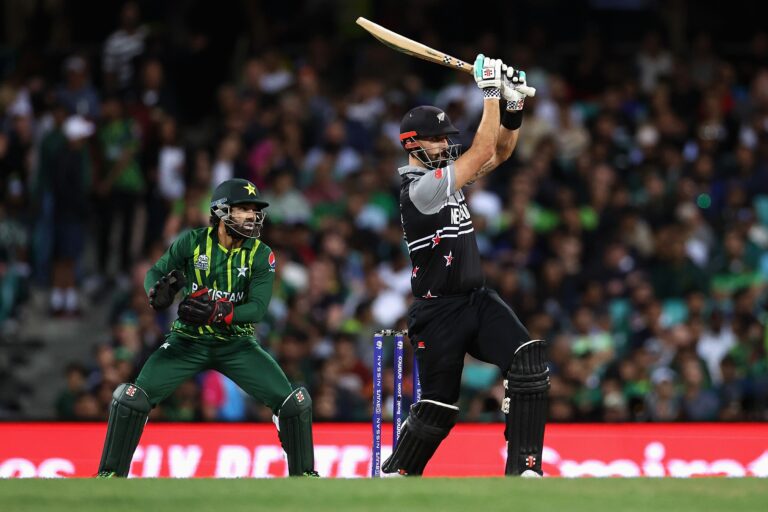Exploring Fast Bowling: Techniques and Challenges
Reddy Anna Book, Reddy Book Club: Fast bowling in cricket is a high-intensity and strategic aspect of the game. Fast bowlers are known for their ability to generate high speeds, often exceeding 90 miles per hour, and cause significant trouble for batsmen with their pace and bounce. The role of a fast bowler is crucial in disrupting the opposition’s batting line-up and creating wicket-taking opportunities for the team.
The key characteristics of a successful fast bowler include a smooth and powerful run-up, a dynamic and explosive delivery stride, and the ability to maintain consistent line and length. Fast bowlers also rely on variations such as bouncers, yorkers, and slower balls to keep batsmen guessing and to increase their chances of taking wickets. Mastering the art of fast bowling requires dedication, strength, and a deep understanding of the game’s nuances.
Types of Fast Bowling Techniques
The fast bowling techniques can be categorized into various styles, each with its unique attributes and advantages. The most common technique is the ‘outswing,’ where the bowler aims to make the cricket ball move away from the batsman in the air, creating difficulties in making solid contact. Another prevalent technique is ‘inswing,’ where the bowler focuses on bringing the ball into the batsman, potentially trapping them LBW or causing them to play across the line and get dismissed.
Additionally, there is the ‘reverse swing’ technique, which is extremely popular in subcontinent conditions. This technique involves the bowler making an aged cricket ball move in the opposite direction to conventional swing – towards the shiny side. Other techniques include ‘cutters,’ ‘bouncers,’ and ‘yorkers,’ each designed to outfox the batsman and take wickets through different means. Mastering these varied techniques is crucial for fast bowlers looking to excel in the competitive world of cricket.
Bowling Grip and Hand Position
For fast bowlers, the grip on the cricket ball plays a crucial role in determining the type of delivery they can bowl. The grip should be firm but not overly tight, allowing for control and precision during the delivery stride. The hand position on the ball is equally important, with the fingers placed in the optimal position to generate the desired movement or swing off the pitch.
The traditional grip for fast bowlers involves placing the index and middle fingers close together on top of the seam, while the thumb supports the ball from underneath. This grip allows for variations in seam position, enabling bowlers to manipulate swing or seam movement effectively. The hand position should be consistent and comfortable, ensuring a smooth release and maximum control over the delivery.







